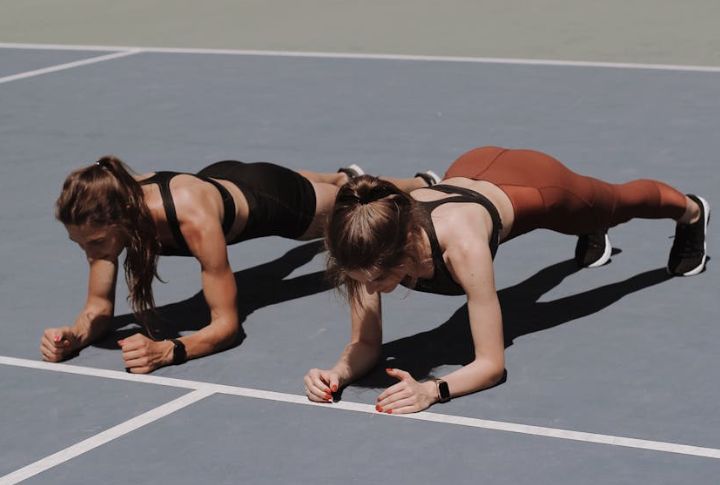
Have you ever wondered if your plank game matches up for your age, or are you just suffering through shaky arms for nothing? Turns out, there’s actually a sweet spot for how long you should hold that position depending on where you fall on the birthday spectrum. Here are the age benchmarks that matter and the reasons planks deserve space in your routine.
Plank Duration For People In Their 20s
People in their 20s can typically hold a plank for 1 to 2 minutes. This age group usually records the highest average plank times, with athletic individuals exceeding 1.8 minutes. Achieving this duration also indicates strong core endurance and overall fitness.
Plank Duration For People In Their 30s
Maintaining a one-to-two-minute plank offers an effective core test for those in their 30s. Performance might dip compared with younger years, but including side planks or leg lifts stimulates multiple muscle groups. These small adjustments even enhance strength while keeping routines challenging and rewarding.
Plank Duration For People In Their 40s
One minute sounds simple until you’re 30 seconds in and your entire body starts shaking. Most forty-somethings land right around this duration, which actually serves them well since core endurance directly translates to injury prevention. Strong abdominal muscles also protect your lower back from the wear and tear that accelerates during this decade.
Plank Duration For People In Their 50s
Quality matters more than duration once you hit your 50s. Planks held between 30 and 60 seconds deliver real results, especially around that 40 to 45-second range most adults achieve. Better posture follows naturally, along with improved balance and enhanced functional strength for managing daily physical demands.
Plank Duration For People In Their 60s And Above

Your core doesn’t retire when you do. Adults over 60 can target 20 to 30 seconds per hold, which builds strength that translates to better posture and steadier movement. Adaptations also make planks accessible regardless of starting fitness level, but existing joint problems require clearance from a doctor beforehand.
Now that you know how long you should hold a plank for your age, let’s talk about why it’s actually worth the burn.
Boosts Endurance And Daily Energy
Holding a plank challenges the core and supporting muscles, which builds stamina over time. Improved muscular endurance makes everyday tasks, like carrying groceries or climbing stairs, easier and less tiring. Consistent practice even enhances energy levels throughout the day while maintaining safety for the lower back.
Improves Posture
Most people don’t realize how much sitting ruins their alignment. Planks target the exact muscles needed to undo that damage. Pain decreases, and your body finds its natural upright position. Confidence radiates outward as balanced movement becomes second nature throughout your day.
Planking Reduces Back Pain Risk
Planking is an excellent way to protect the lower back because it strengthens the stabilizing muscles without excessive strain. Unlike crunches, planks also reduce spinal stress. Physical therapists usually recommend them for back pain prevention, but anyone with existing issues should seek professional guidance before attempting or adjusting the exercise.
Planking Enhances Balance And Stability
Falls happen when stabilizing muscles fail to react quickly enough. Regular plank practice trains these overlooked muscle groups to fire instantly and keep you upright during slips or missteps. Introducing challenges, such as arm reaches, further forces your core to adapt under pressure.
Planking Increases Flexibility
Flexibility might seem like a bonus with planks, but muscles across your shoulders and foot arches get serious stretching action. Tight areas that normally stay compressed throughout daily routines finally experience proper lengthening. Better posture and enhanced mobility become natural side effects, while lower-body function improves, supporting smoother movement.

